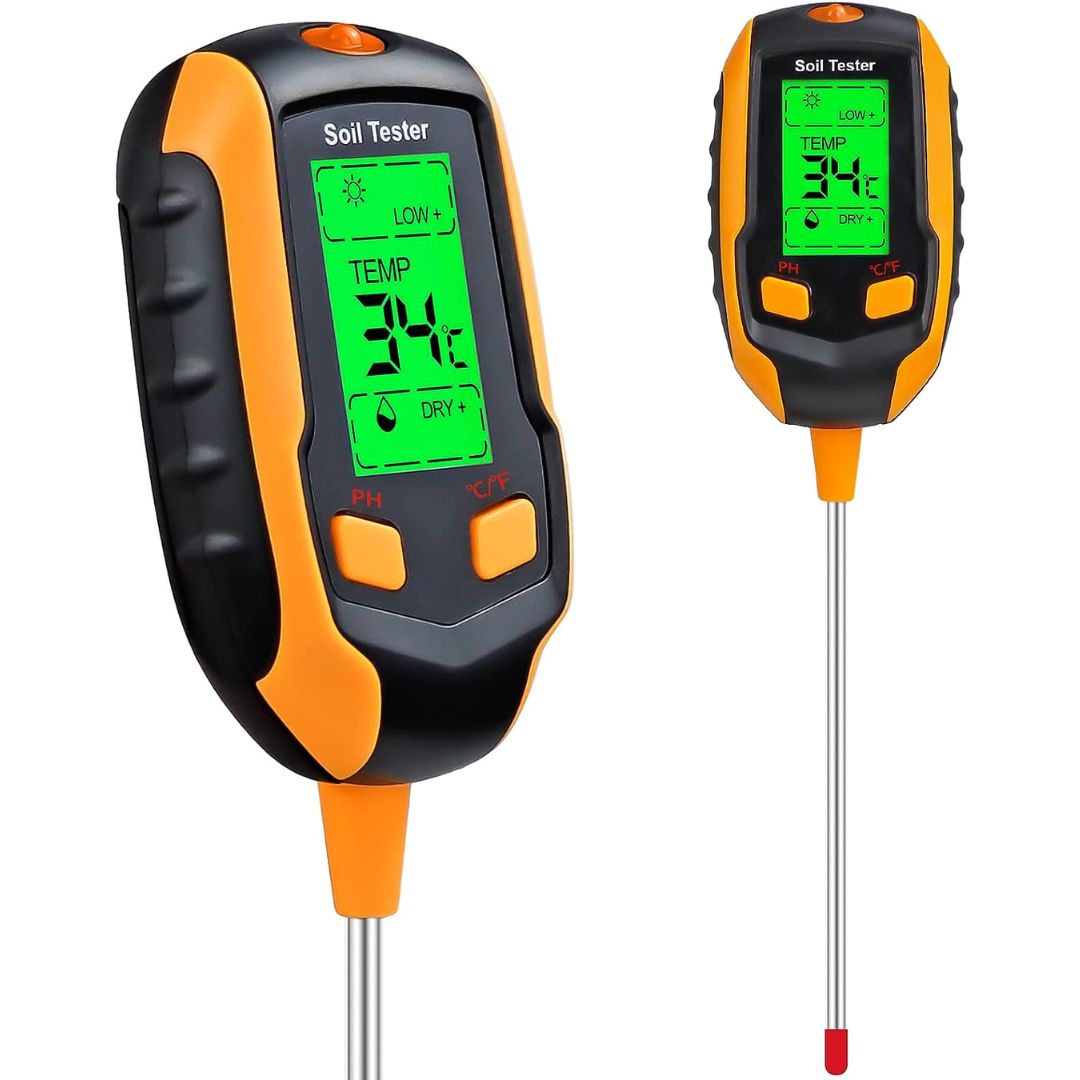7 simple ways to use eggshells in gardening for healthier plants – 'you'll never throw them away again'
The next time you eat an egg, don't throw away its shell - this food waste is the greatest organic additive for your garden
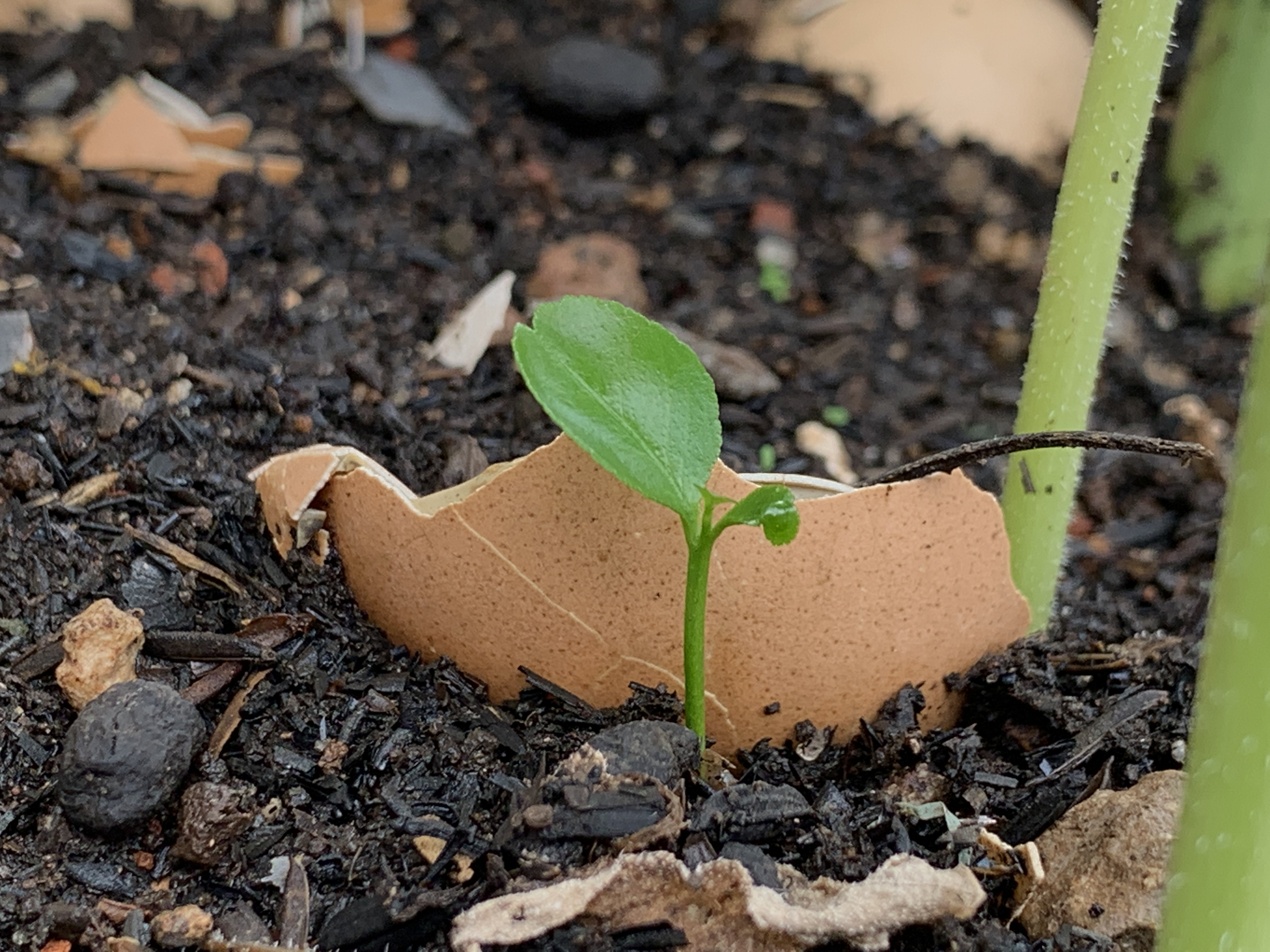

Did you know you can use eggshells in gardening? This food waste is often thrown in the trash, but they have so much to contribute to the health of your plants if you know what to do with them. When crushed, these can add valuable nutrients to the soil and can be very beneficial for plants.
'Eggshells are valued by gardeners for several reasons,' says Reese L Robins, a gardening expert at Just Pure Gardening. 'They are not only a natural and eco-friendly way to recycle kitchen waste, but also a source of various benefits for your plants and soil; plus they help in pest control.'
If your flowerbeds need some boost, or maybe you want to grow new plants for the summer, eggshells might just be the cheapest fertilizer for a thriving modern garden. Here are 7 ways you can use them.
1. Use as a natural fertilizer
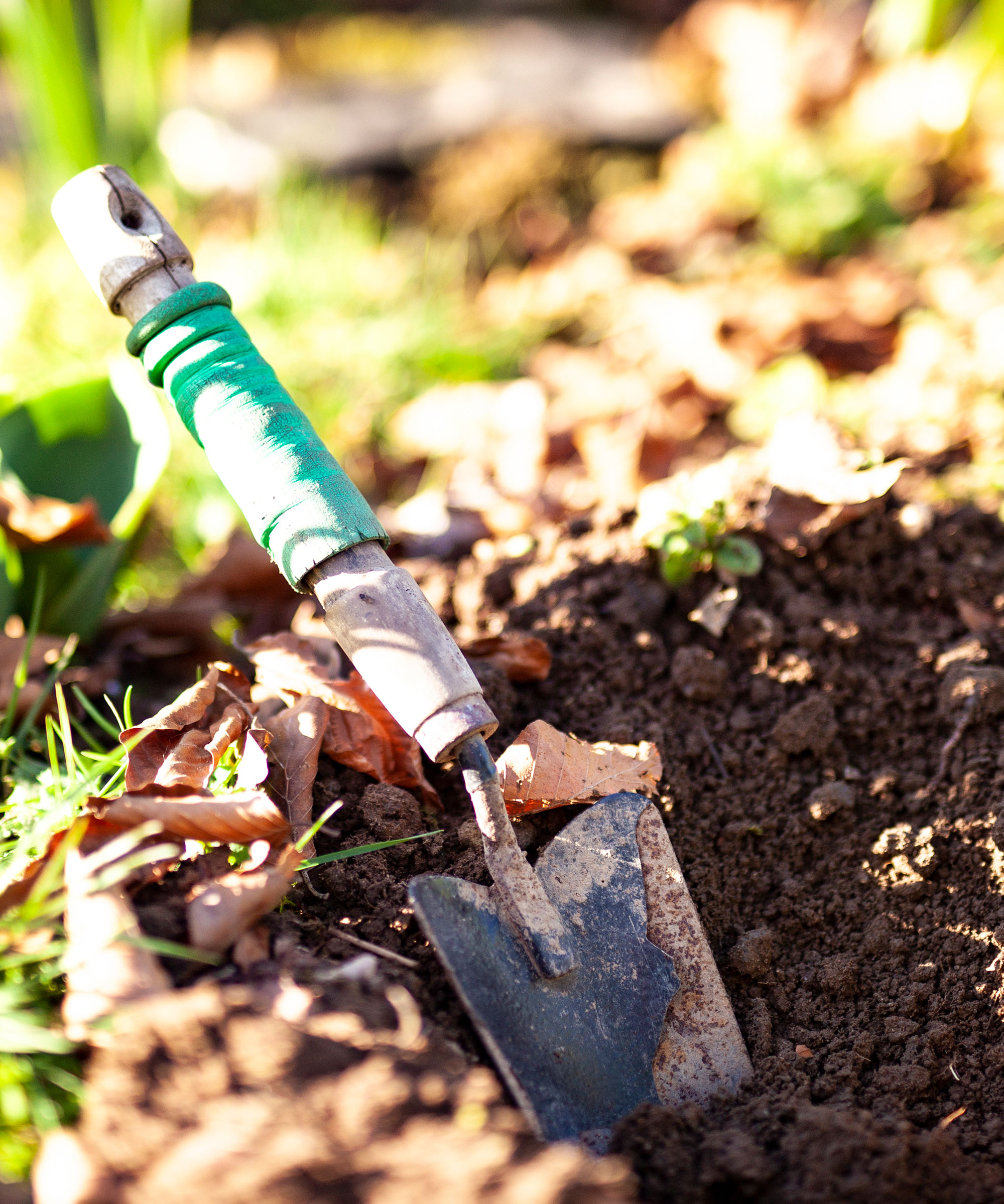
Eggshells are the perfect natural ingredient to improve the health of the soil, and can be used in both your planting beds and when container gardening.
'Eggshells are rich in calcium, which is essential for strong cell walls in plants,' explains Reese L Robins. 'Calcium also helps regulate nutrient uptake, enzyme activity, and plant growth. When crushed and added to the soil, eggshells gradually release calcium, providing a slow-release natural fertilizer for your plants. Eggshells also contain other minerals such as phosphorus, magnesium, and potassium, which can boost plant health and productivity.'
2. Add eggshells to a compost pile
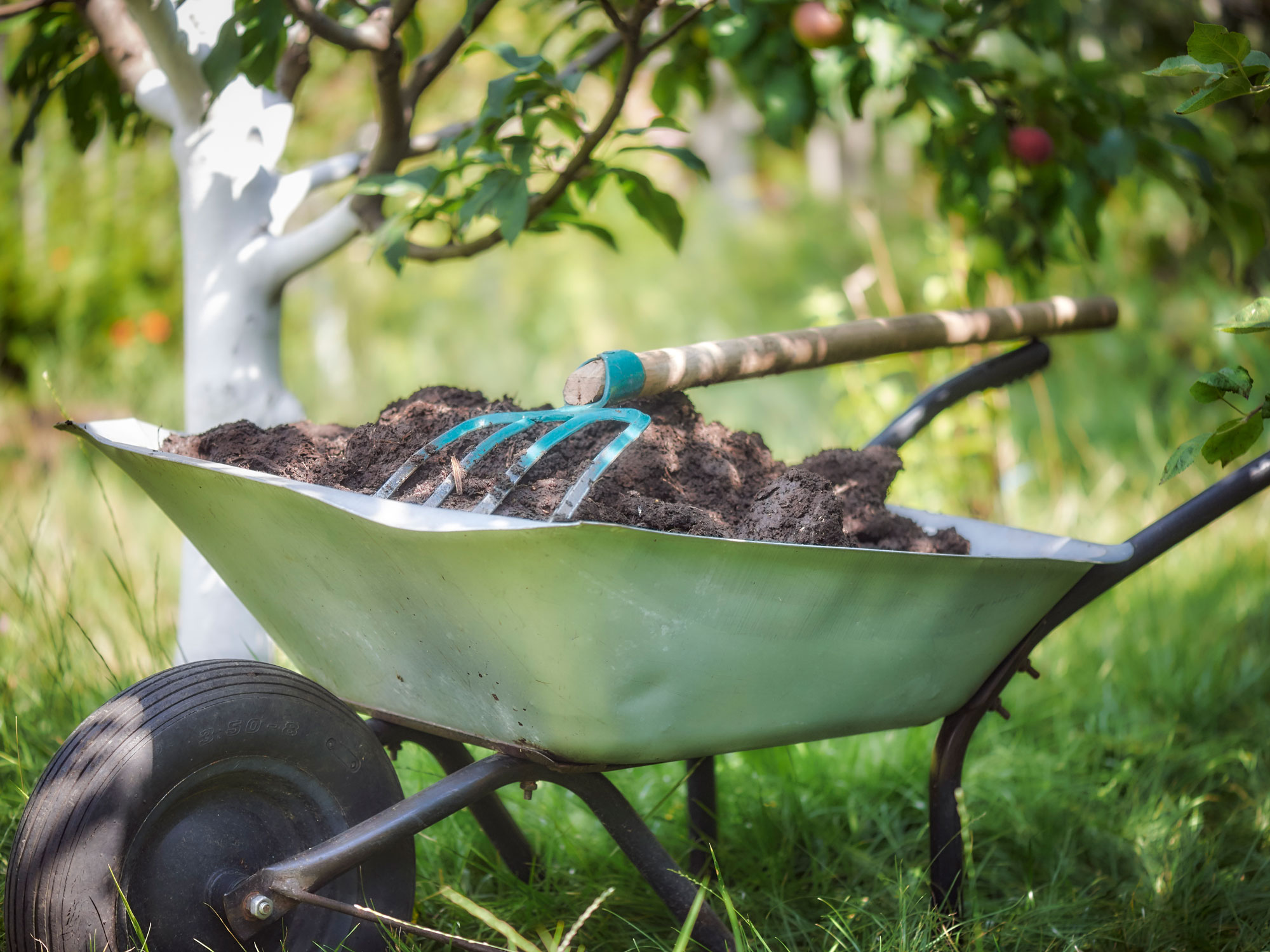
You can also add eggshells to a compost pile to help add rich nutrients to your compost.
'Eggs are a great addition to a compost pile as they provide some great nutrients like calcium,' says Nick Wood, gardening expert at Gardening Express. 'Just be sure to rinse them in warm water beforehand to remove any residue of egg whites and yolk. Simply crush the egg shells then sprinkle them into your compost pile.'
3. Eggshells help in soil aeration
Eggshells can play a great supporting role in growing a vegetable garden or a flower bed by helping to let more air into your soil.
'Eggshells break down over time and can improve soil structure by promoting aeration,' says Reese. 'Aeration is the process of allowing air to circulate through the soil, which improves water drainage, nutrient availability, and root growth. This is particularly beneficial for clay-heavy soils, which tend to be compacted and waterlogged. By adding crushed eggshells to your soil or compost, you can make them more porous and suitable for plant roots.'
4. Consider as a pest deterrent
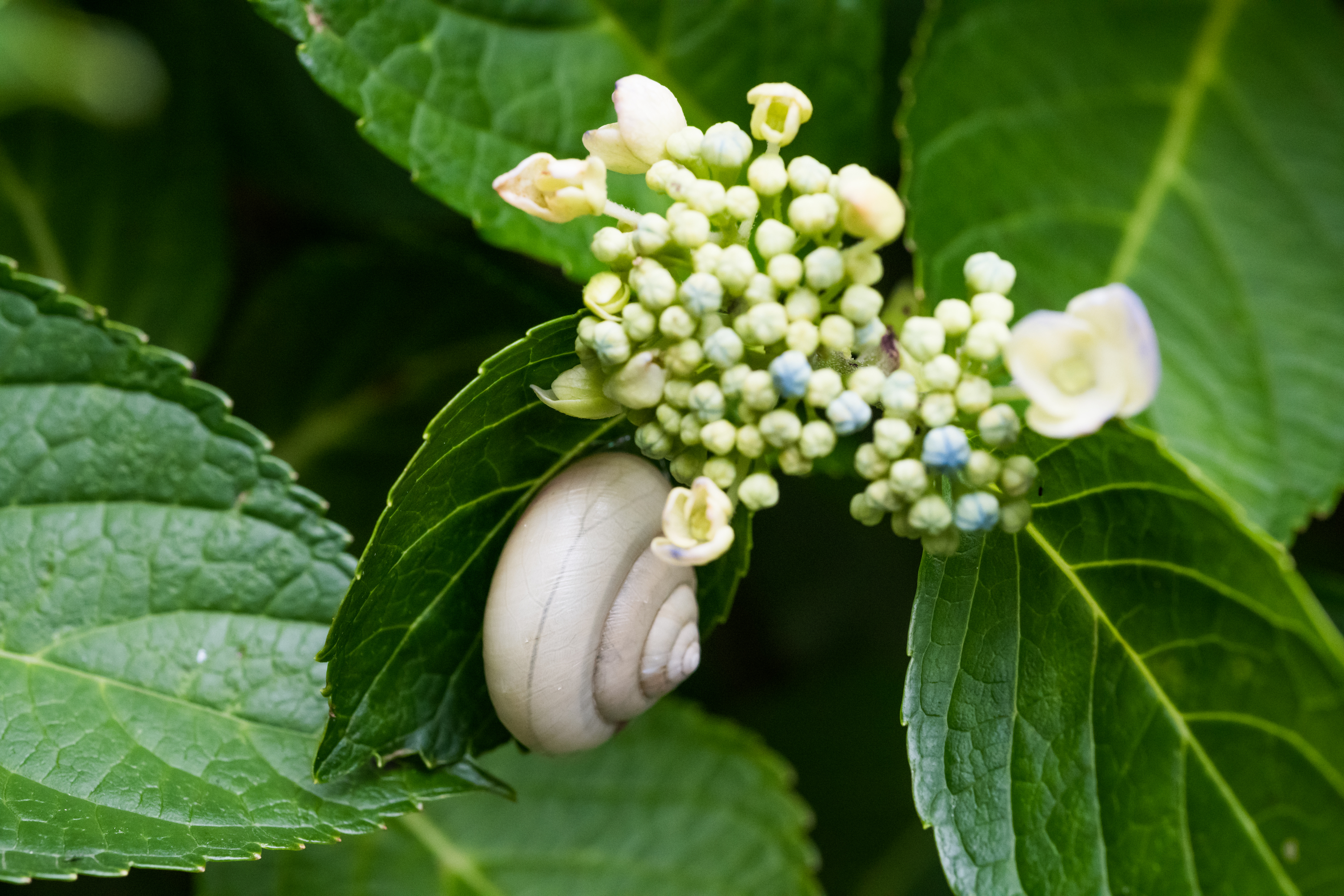
'Eggshells can act as a deterrent when it comes to slugs and snails,' says Nick. 'Their sharp edges discourage these pests from crawling over them. Sprinkle them around your crops and plants to create a protective barrier.'
If you're wondering how to keep deer out of a backyard, eggshells can help with this too. 'Eggshells can also repel deer, as they don’t like the smell of eggs,' says Reese.
'However, do note that eggshells are not a long-lasting pest control solution,' he adds. 'Slugs and snails are very persistent, and they may eventually find ways to get around eggshells. Additionally, crushed eggshells can only deter deer for a limited amount of time. The smell of eggs will eventually fade, and deer will be able to smell the plants again.'
5. Use eggshells as seed starting pots
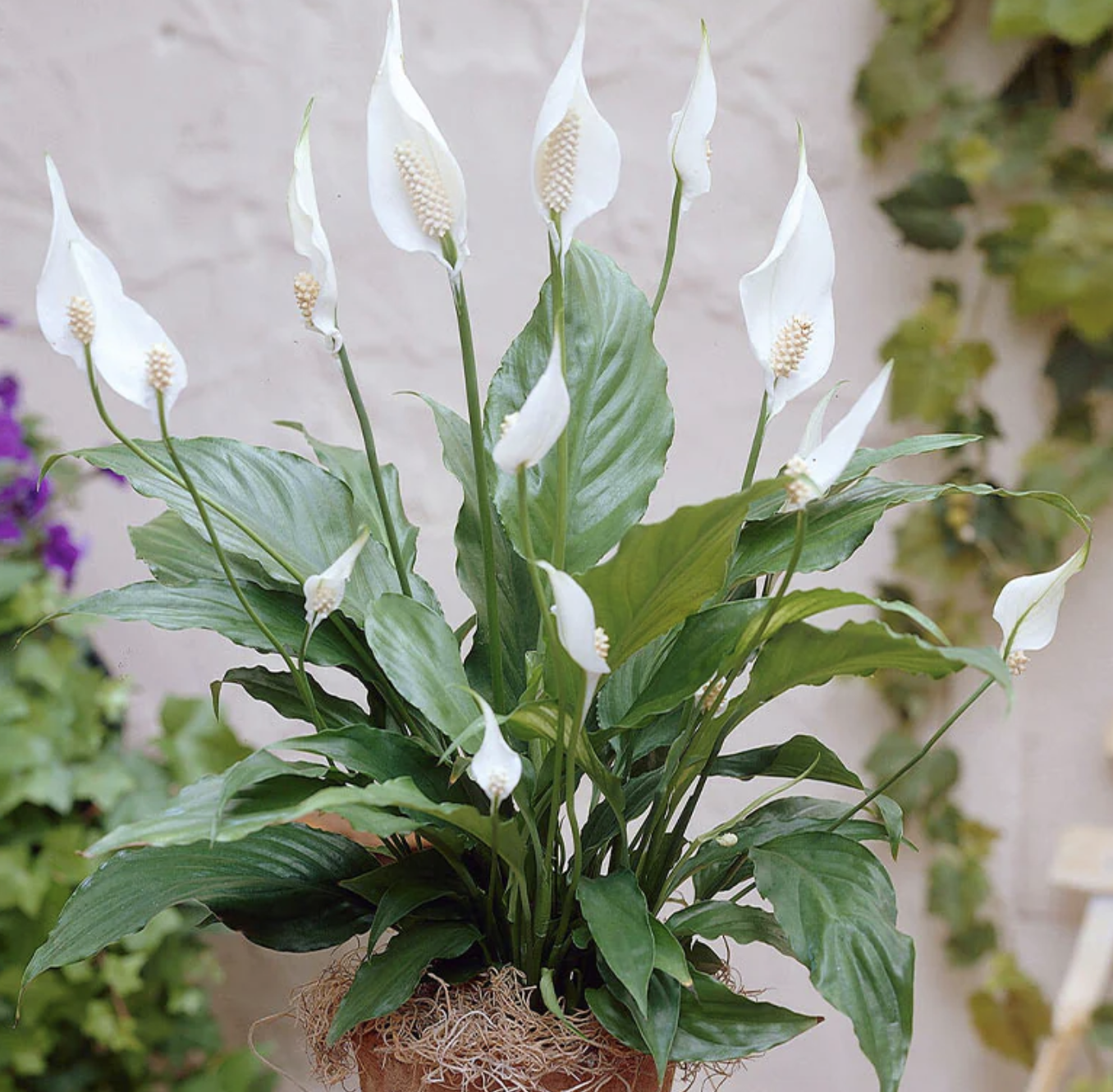
You can use eggshells for indoor plants or outdoor plants for starting seeds. These lay the foundation for healthy and long plant life.
'Eggshells can be used as natural containers for starting seeds,' says Reese. 'You can fill them with soil and plant your seeds inside. The shells provide a cozy and biodegradable home for the seedlings, which can absorb the calcium from the shells as they grow. When the seedlings are ready, you can transplant them with the shells, which will break down and provide calcium to the plants. This way, you can avoid using plastic pots or peat pots that are harmful to the environment.'
6. Utilize as a soil acidity reducer
For a beautiful, lush, and full backyard, make sure your soil is at its best so that you can plant and replant over seasons, and get as much value from your garden.
'Eggshells are alkaline, which means they can balance the pH of acidic soils and make them more suitable for some plants,' says Reese. 'Some plants prefer a slightly acidic soil, while others prefer a neutral or slightly alkaline soil. You can test your soil pH with a kit or a meter and adjust it accordingly with eggshells. You can mix crushed eggshells with your soil or compost, or boil them in water and use the water to water your plants. The eggshell water will slowly raise the pH of your soil and make it more hospitable for your plants.'
7. Add them to the bird feeder
Eggshells have another unusual use in wildlife gardening. 'It may sound strange but crushed egg shells can be a great source of calcium for birds,' says Nick. 'Rinse the eggshells and pat them dry before crushing them into small pieces and adding them to the bird feeder.'
'To experience all the benefits of eggshells, you’ll need a large amount of them,' says Reese. 'The more eggshells you can collect and use, the more you can improve your garden’s health and productivity.'
3 products for more fertile garden soil
Be The First To Know
The Livingetc newsletters are your inside source for what’s shaping interiors now - and what’s next. Discover trend forecasts, smart style ideas, and curated shopping inspiration that brings design to life. Subscribe today and stay ahead of the curve.

Aditi Sharma Maheshwari started her career at The Address (The Times of India), a tabloid on interiors and art. She wrote profiles of Indian artists, designers, and architects, and covered inspiring houses and commercial properties. After four years, she moved to ELLE DECOR as a senior features writer, where she contributed to the magazine and website, and also worked alongside the events team on India Design ID — the brand’s 10-day, annual design show. She wrote across topics: from designer interviews, and house tours, to new product launches, shopping pages, and reviews. After three years, she was hired as the senior editor at Houzz. The website content focused on practical advice on decorating the home and making design feel more approachable. She created fresh series on budget buys, design hacks, and DIYs, all backed with expert advice. Equipped with sizable knowledge of the industry and with a good network, she moved to Architectural Digest (Conde Nast) as the digital editor. The publication's focus was on high-end design, and her content highlighted A-listers, starchitects, and high-concept products, all customized for an audience that loves and invests in luxury. After a two-year stint, she moved to the UK and was hired at Livingetc as a design editor. She now freelances for a variety of interiors publications.
-
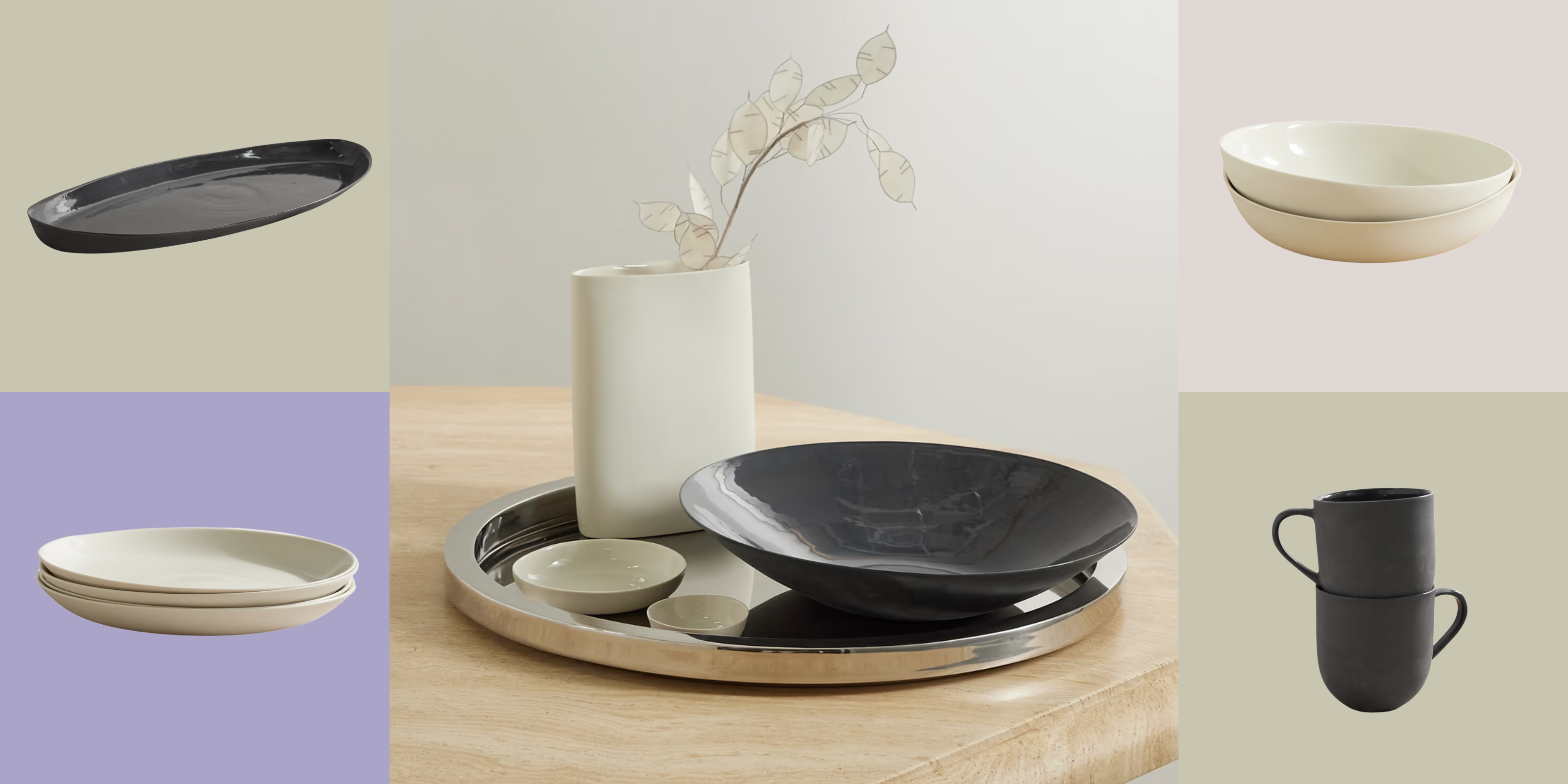 Turns Out, Sustainable Design Can Be Chic, and Net-a-Porter's 'Net Sustain' Curation Is Proof — Here's What I'm Shopping
Turns Out, Sustainable Design Can Be Chic, and Net-a-Porter's 'Net Sustain' Curation Is Proof — Here's What I'm ShoppingFrom the Net Sustain collection, Mud Australia's homeware is not only design-oriented, but eco-focused, too
By Devin Toolen
-
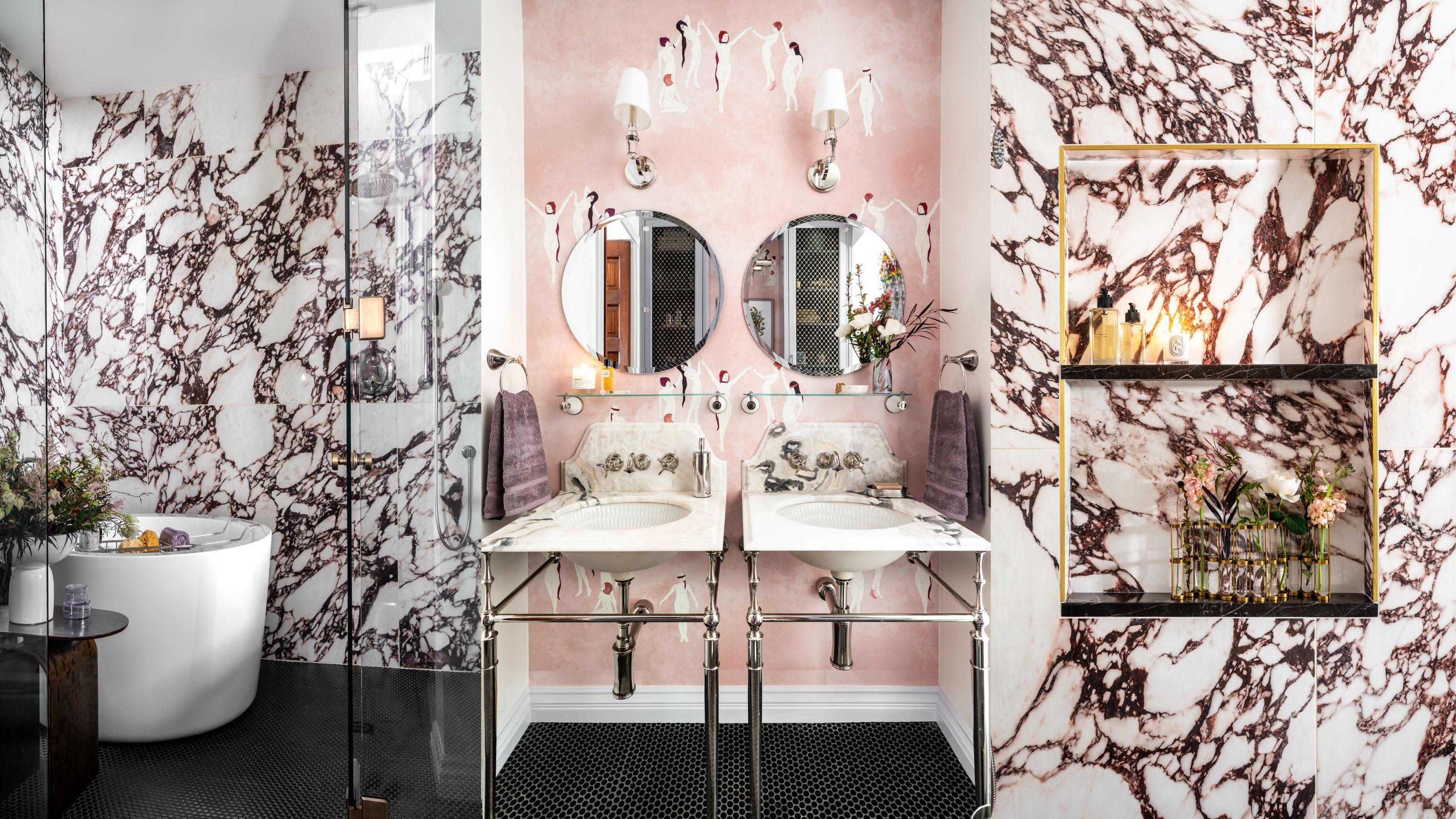 Before and After — How This Jewel-Box Bathroom Made the Most of Its Proportions With Maximalist Design and a 'Soaking Tub'
Before and After — How This Jewel-Box Bathroom Made the Most of Its Proportions With Maximalist Design and a 'Soaking Tub'This design offers a masterclass on creating a luxurious bathroom that is equally playful and elegant.
By Maya Glantz
